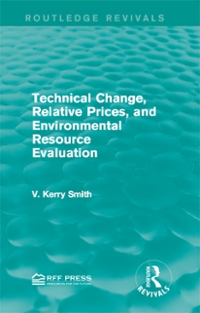Question
Virtual Reality Goggle Inventory. Galaxy Co. sells virtual reality (VR) goggles, particularly targeting customers who like to play video games. Galaxy procures each pair of
Virtual Reality Goggle Inventory.Galaxy Co. sells virtual reality (VR) goggles, particularly targeting customers who like to play video games. Galaxy procures each pair of goggles for $150 from its supplier and sells each pair of goggles for $300. Monthly demand for the VR goggles is a normal random variable with a mean of 160 units and a standard deviation of 40 units. At the beginning of each month, Galaxy orders enough goggles from its supplier to bring the inventory level up to 140 goggles. If the monthly demand is less than 140, Galaxy pays $20 per pair of goggles that remains in inventory at the end of the month. If the monthly demand exceeds 140, Galaxy sells only the 140 pairs of goggles in stock. Galaxy assigns a shortage cost of $40 for each unit of demand that is unsatisfied to represent a loss-of-goodwill among its customers. Management would like to use a simulation model to analyze this situation.
Use the simulation model to compare the profitability of monthly replenishment levels of 140 and 160 pairs of goggles. Use a 95% confidence interval on the difference between the average profit that each replenishment level generates to make your comparison.
Need to know the steps to create Mean Diff, Min DIFF, Max DIFF, Standard Dev., P(Diff > 0) in the simulation model. Is there a way to show the steps?
Step by Step Solution
There are 3 Steps involved in it
Step: 1

Get Instant Access to Expert-Tailored Solutions
See step-by-step solutions with expert insights and AI powered tools for academic success
Step: 2

Step: 3

Ace Your Homework with AI
Get the answers you need in no time with our AI-driven, step-by-step assistance
Get Started


